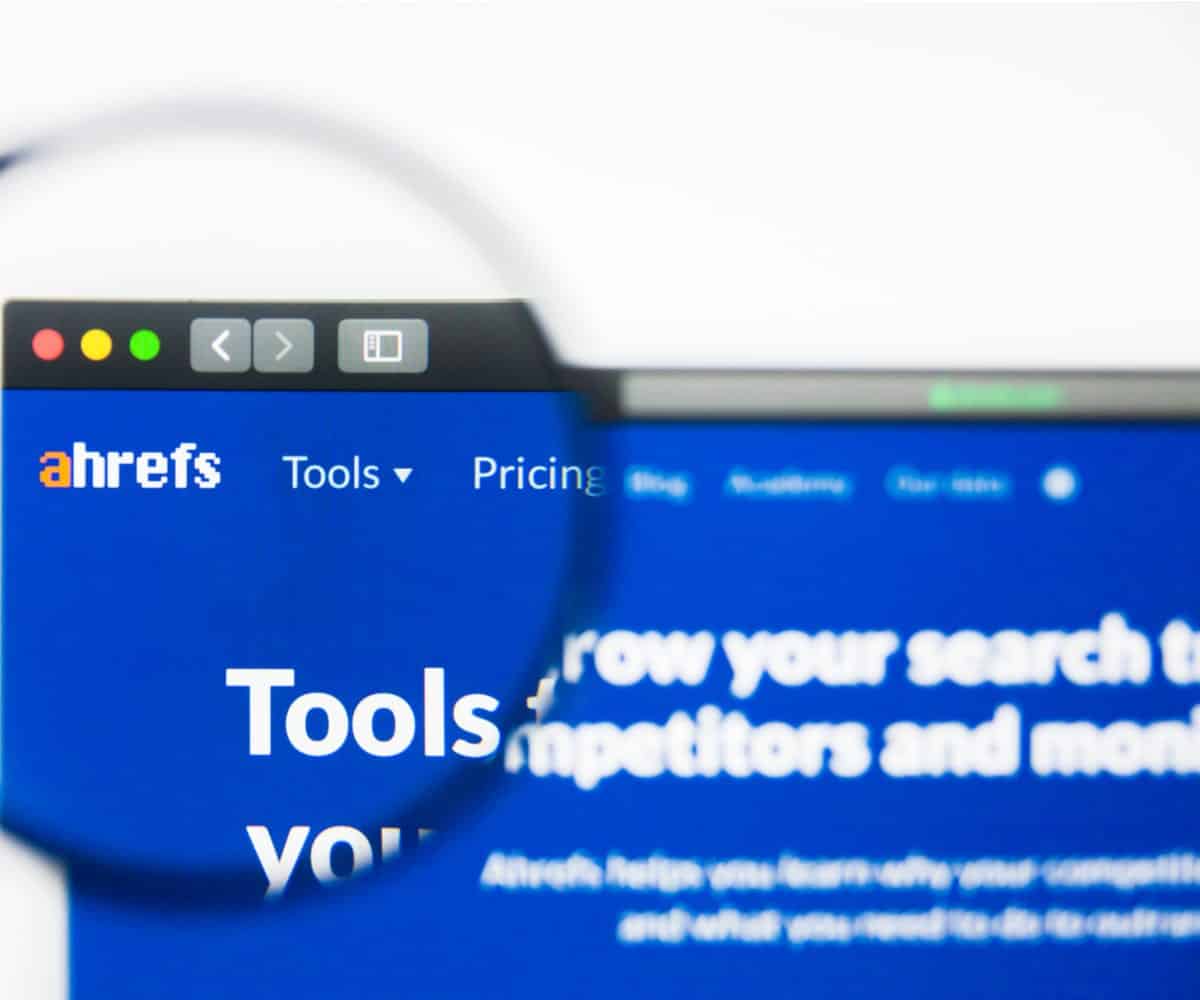
How To Use Ahrefs Tools For Your SEO
Ahrefs is one of the most common and popular online tools in the SEO industry, and for good reason. Ahrefs offers a massive variety of tools, functions and features that can satisfy the needs of any SEO marketer and it is the largest website crawler of any SEO tool – second only to Google. In this blog, I’ll be discussing how you can use these many features of Ahrefs for your SEO campaign.
Keyword Research
Ahrefs used to have a reputation for being the best tool for backlink research and not so good for keyword research. Since 2018, Ahrefs has worked to correct this and, with the release of the slick and clean looking Keywords Explorer, is considered one of the best tools for keyword research in SEO.
Ahrefs’ keyword explorer gives a calculation for ranking in the top 10 search results for the keyword, this is known as the Keyword difficulty which is a range from 0 to 100. It goes as far to estimate the amount of backlinks and referring domains your website/page would need to rank on the first page of search results for the keyword.
Other information includes the search volume of the keyword presented in a bar graph to show the popularity of the keyword overtime, the estimated cost per click for the keyword, and an estimated click distribution for the keyword to see how many searches result in zero clicks, how clicks are split between paid ads and organic listings etc.
To generate keyword/content ideas, the Keyword Explorer also has related search terms you can target and questions about the keyword you can answer.
In addition to this there are also two neat SERP features to find out more about the websites that are currently ranking for the keyword. Firstly, there is the SERP overview, which lists the current SERP for the keyword and lists any SERP features such as top/bottom ads, top stories, people also ask box, sitelinks, videos etc. Additionally, each website on the SERP is displayed with useful information and metrics such as the DR, UR, Backlinks, RD, estimated traffic, total keywords and top keyword for each page.
Site Explorer
The site explorer is a massive collection of features and tools which can tell you everything you need to know about a website/page from an SEO perspective, such as the backlinks, referring domains, internal links, currently ranked keywords, top pages, competitor research, outgoing links, anchor texts and more.
The overview for the site explorer gives everything you could need for an at-a-glance look at a website’s SEO. This includes SEO metrics such as the URL rating, Domain Rating, number of backlinks, referring domains, currently ranked keywords, and traffic value based on CPC. All of these metrics are calculated from the largest index of backlinks outside of Google’s own index, and includes historical data so you can see how a website has lost/gained new backlinks overtime etc. These metrics are also broken into more details through the overview screen: for example, backlinks are split by their rel type and categorised. For example, you can see how many dofollow, nofollow, UGC and sponsored links a website has. In addition, these backlinks are then categorised into Text, Redirect, Image, Form, Government and Educational backlinks. Referring Domains are split into the same categories as well as split into groups based on their TLD. You can also see the strength of these backlinks by URL Rating distribution.
Keywords
The keywords tab lists every single known keyword that a website is ranking for and includes useful metrics including search volume, keyword difficulty, cost per click, the estimated traffic that the website is gaining from the keyword, the current ranking position for the keyword and the specific URL/page that the website has ranking for the keyword.
Backlinks
As already stated, you can see a lot of information about a website or page’s backlinks simply from the site overview tab which includes the type of links, amount of links/referring domains, the strength of the link based on UR or DR etc. By going through to the Backlinks tab, you can then see how a website is gaining new backlinks or losing old backlinks overtime. This can help explain why a website has suddenly gained a higher ranking or lower ranking – perhaps they have gained or lost a lot of backlinks which has had an impact on the search results.
The backlinks tab also allows you to view every single known backlink to the website or page. As I’ve stated multiple times, Ahrefs is the largest index of backlinks second only to Google – this means that Ahrefs will most likely find more backlinks to a page or website compared to competitor tools, which is why Ahrefs is considered the best tool for backlink research.
Content Gap
The content gap tool is a great tool which will compare your website to a competitor (or multiple competitors) and generate keyword ideas that you may have not considered, by listing keywords that the competitor website is ranking for but your own website is not. This allows you to see what your competitor is targeting to drive traffic but you have not.




